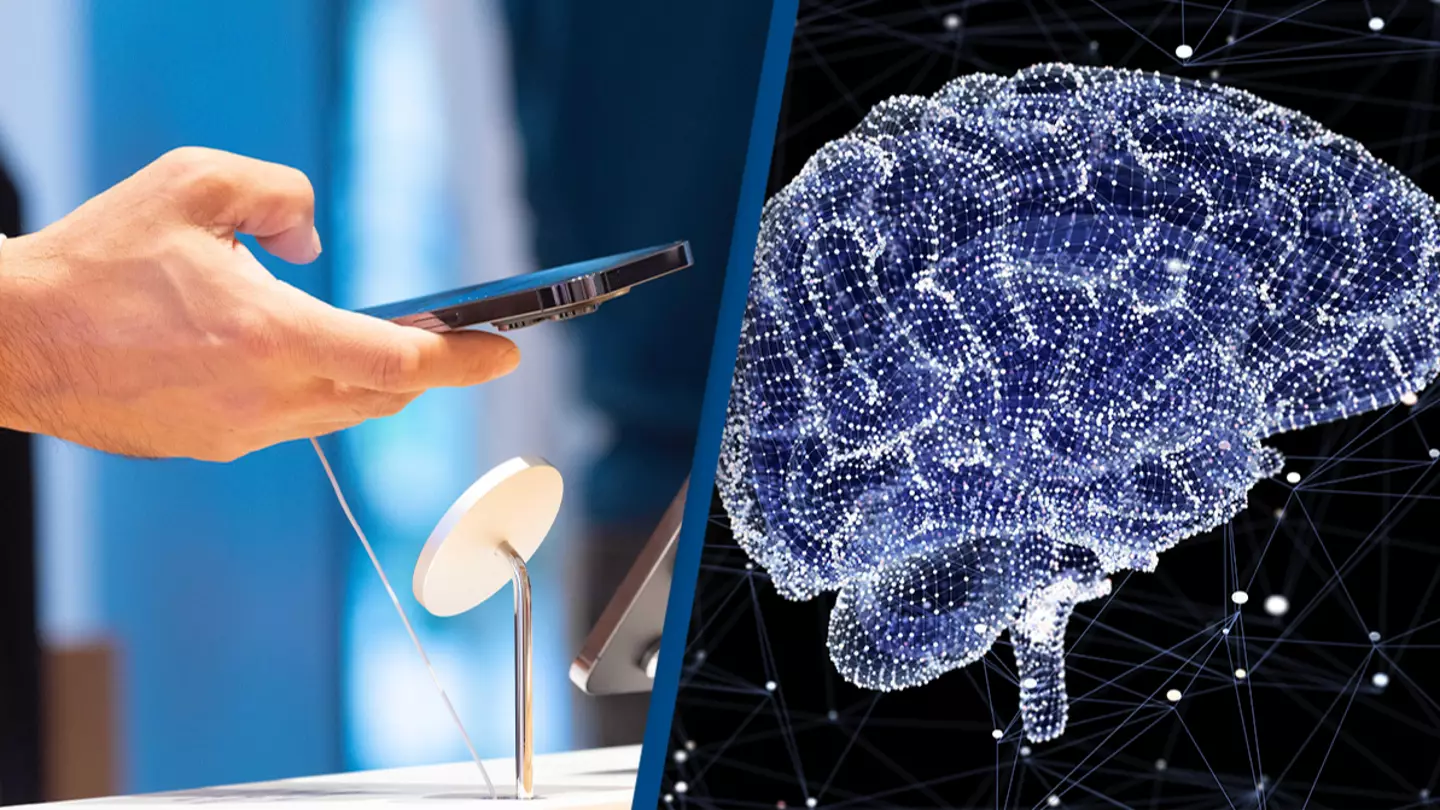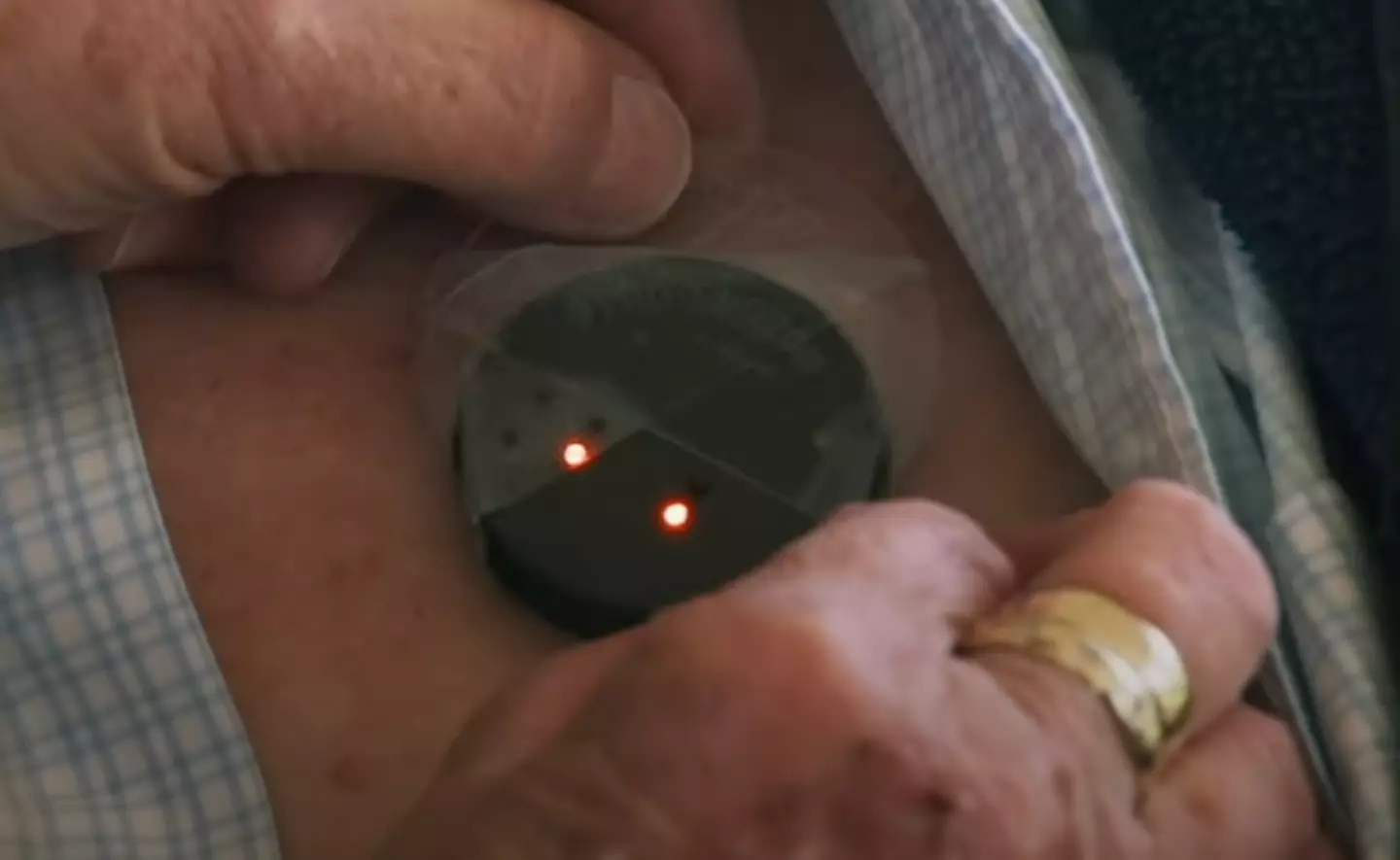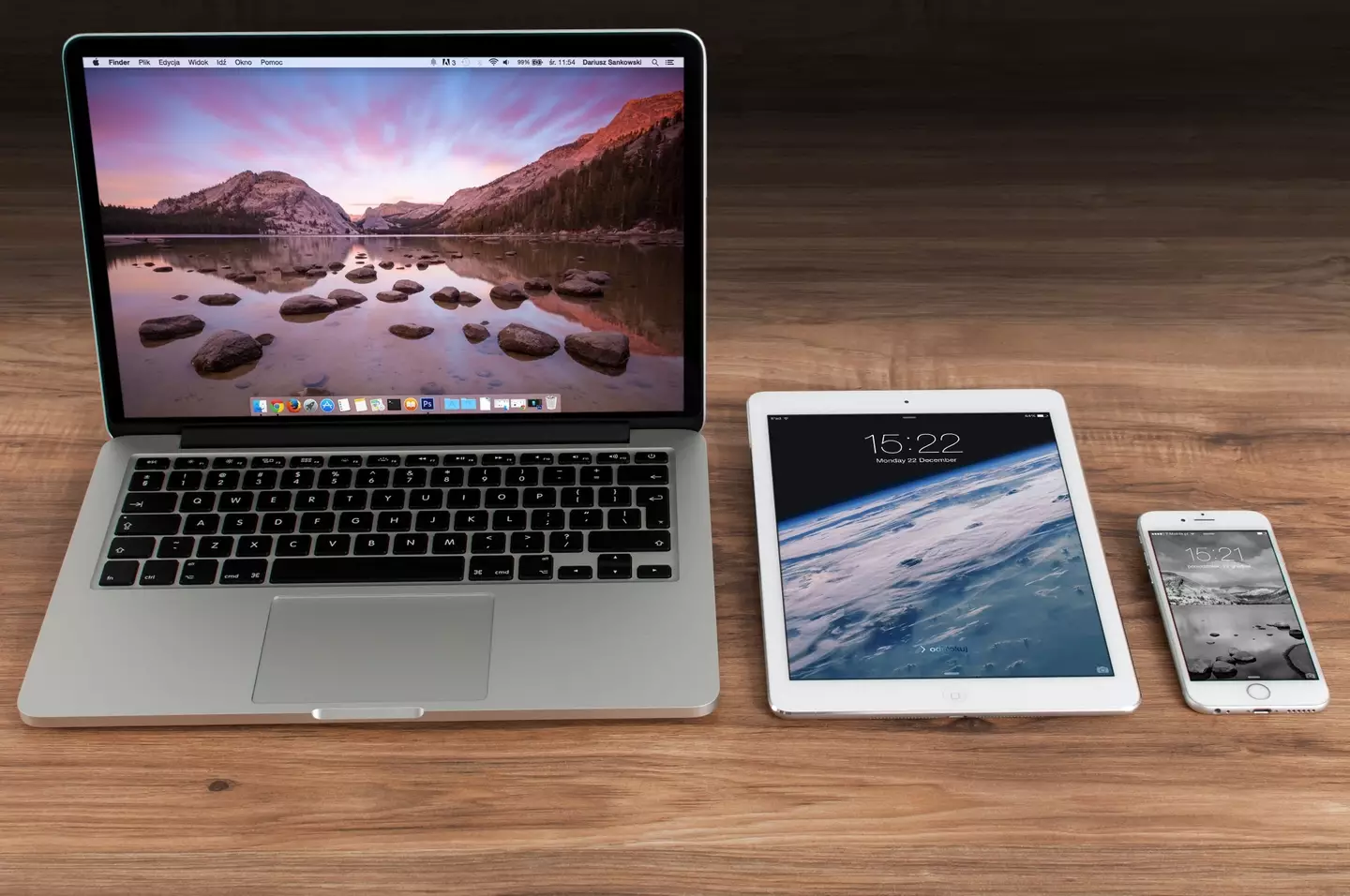
The power to read someone's mind might still be limited to fiction, but science has had a major breakthrough in making it possible to send messages from your brain to a phone.
We might not quite be at a point where you can think 'bring me a snack' and the request will pop up on your partner's phone in the other room, but we look to be one step closer thanks to a device which can be surgically linked to the brain.
Named the Synchron Switch, the computer-brain implant has been created by New York-based company Synchron.
Advert
And it has now been put to the test after the company became the first to gain approval from the US Food and Drug Administration to run such clinical trials.
Synchron has six patients using the device, but Rodney Gorham, a retired software salesman in Melbourne, Australia, is the first to use it with an Apple product.
Gorham suffers from ALS, which affects the nerve cells responsible for controlling voluntary muscle movement.
When Semafor technology editor Reed Albergotti asked how he was doing, Gorham was able to respond, "Great," by using his brain to send the message to an iPad.
Advert

Tom Oxley, Synchron’s co-founder and CEO, said the company is 'excited about iOS and Apple products because they're so ubiquitous'.
"This would be the first brain switch input into the device,” he explained.
The device works with an array of sensors called a 'Stentrode', which is inserted into the top of the brain via a blood vessel. The process can be done in a minimally invasive procedure, instead of requiring neurosurgery, as would be the case if a device was implanted directly on the brain.
Advert
As a result, Oxley has explained the skills needed to implant the Stentrode are commonplace.
Once in place, the Stentrode is then controlled wirelessly using the Synchron Switch from the patient’s chest.

With its trials underway, Synchron is starting slowly by training the device to recognise the brain signal for a foot tap.
Advert
When Gorham thinks about tapping his foot, his iPad registers the movement as the tap of a finger on the screen.
Gillian Hayes, a professor of informatics at University of California, Irvine, told Semafor that it was a huge breakthrough.
"What's really exciting about this project, of course, is that they've done something really innovative and connected it into something that's standard," she said.
Synchron’s devices are designed to be permanent additions to the body, and so far have lasted more than one year in at least four patients, with no reported serious adverse events.
Topics: Technology, Health, Apple, iPhone